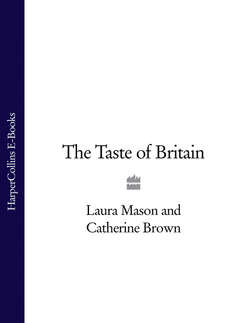Читать книгу The Taste of Britain - Hugh Fearnley-Whittingstall - Страница 103
HISTORY:
ОглавлениеThe use of snails as food is generally regarded by the British as curious and outlandish - more specifically, French. Evidence for their consumption in the past is patchy. Recipes used snails medicinally, to ease chest ailments. They are often found in early books of household remedies. A handful of culinary recipes were given by John Nott (1726). Roy Groves, who developed methods for the indoor farming of snails during the 1980s, states there is some oral evidence for snail eating in areas such as the North-East of England, where glass-blowing was an occupation. Snails reputedly have a beneficial effect on the respiratory system. Oral tradition also states that ‘wallfish’ are part of the diet in the West Country, particularly in the area around the Mendips. Here, for about 50 years, the Miner’s Arms (a pub and restaurant) at Priddy, has served snails as a house speciality.
Both the Roman snail (Helix pomatia) and the smaller garden snail (Helix aspersa) are found wild in Britain. Law’s Grocer’s Manual (c. 1895) remarked that both species were collected in England for the Paris market. Recent initiatives in agricultural diversification have also led to the foundation of a snail-farming industry with several producers of Helix aspersa in the Somerset area. Another species which is farmed is the African land snail.
